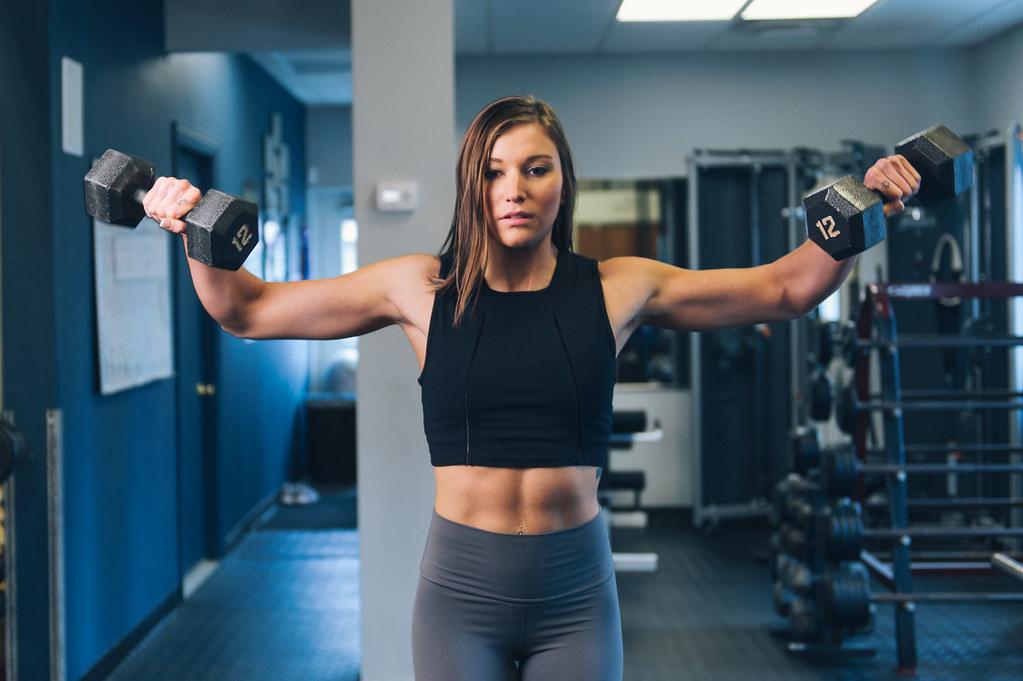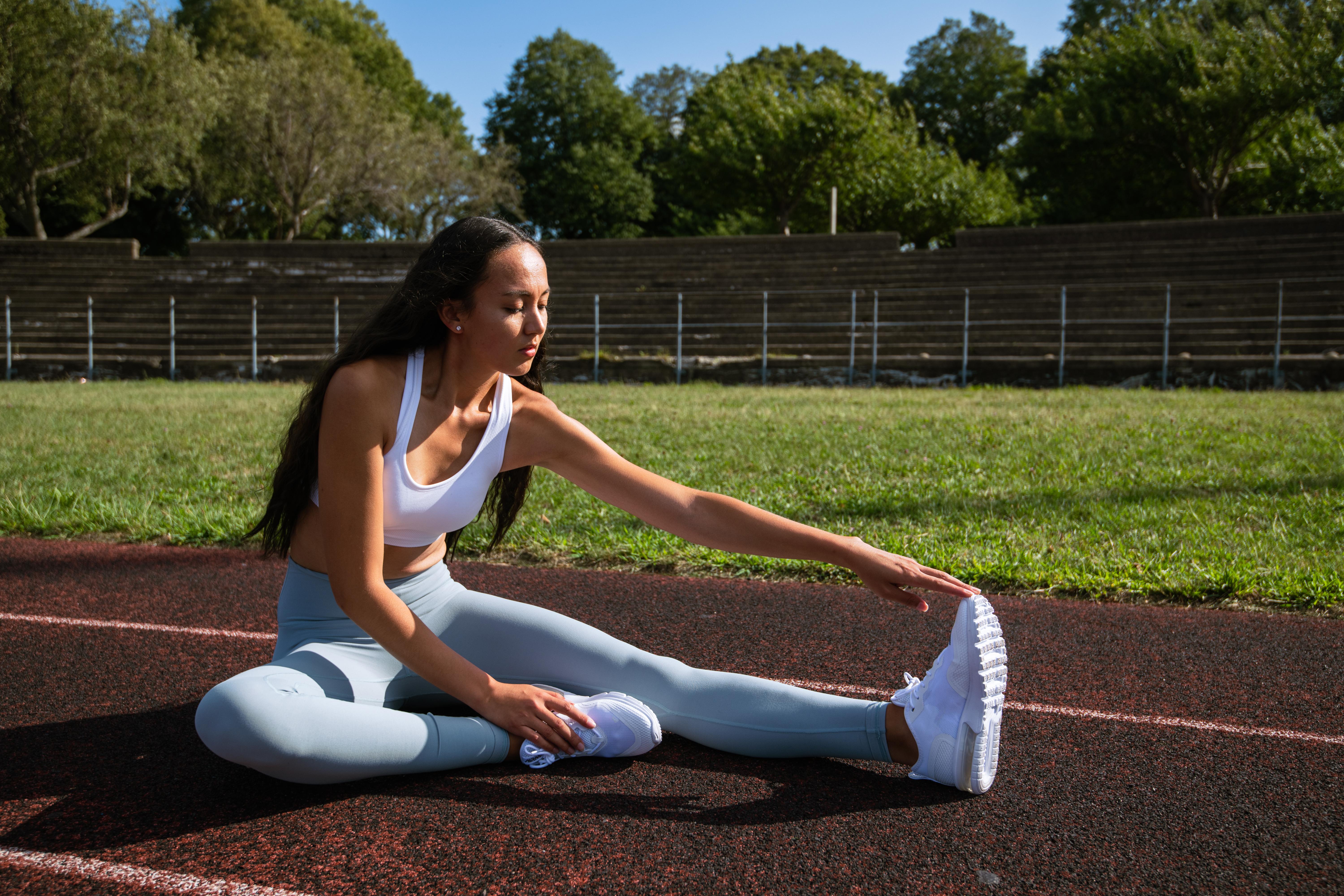As the sun rises to greet a new day, it illuminates a world filled with the joys and challenges of aging gracefully. In the realm of health and wellness, one aspect often overlooked is the importance of fitness for older adults. While the passage of time may bring wisdom and experience, it also brings with it a need for specialized care in the realm of physical activity. Thus, in the pursuit of promoting a vibrant and active lifestyle for seniors, the art of tailoring exercise specifically for older adults has become a transformative journey. With a touch of creativity combined with a neutral perspective, let us delve into the realm of fitness for seniors and unlock the secrets to enhancing their golden years with health and vitality.
Fitness for Seniors: Tailoring Exercise Programs with Age-Related Considerations
When it comes to fitness for older adults, it’s crucial to consider age-related factors in order to tailor exercise programs that are safe and effective. As we age, our bodies undergo various changes, such as reduced muscle mass, decreased bone density, and a decline in joint flexibility. These physiological changes necessitate a more specialized approach to fitness, focusing on maintaining overall health, preventing injuries, and enhancing functional abilities.
To design exercise programs that cater to the unique needs of seniors, the following considerations should be taken into account:
- Cardiovascular Health: Engaging in low-impact activities like walking, swimming, or cycling can help improve cardiovascular endurance without placing excessive strain on the joints.
- Strength Training: Incorporating resistance exercises using weights, resistance bands, or bodyweight helps preserve muscle mass, improves balance, and strengthens bones.
- Flexibility and Balance: Including activities like yoga, tai chi, or gentle stretching exercises can enhance flexibility, joint range of motion, and stability, reducing the risk of falls.
- Mobility and Functional Training: Exercises that mimic daily activities, such as squats, lunges, or carrying groceries, promote independence and enable older adults to maintain their ability to perform everyday tasks.
By addressing these age-related considerations, exercise programs can be customized to suit the specific needs and goals of older adults. It’s essential to consult with healthcare professionals or certified fitness trainers who specialize in senior fitness to ensure individuals receive guidance and supervision throughout their exercise journey.

The Importance of Strength Training for Older Adults: Building Muscles and Preventing Age-Related Decline
As we age, it becomes even more crucial to prioritize our fitness and well-being. Strength training, in particular, is an essential component of a well-rounded exercise routine for older adults. Not only does it help build and maintain muscle mass, but it also plays a significant role in preventing age-related decline. Incorporating strength training exercises into your workout regime can have an array of benefits for seniors, ranging from improved bone health to enhanced balance and coordination.
One of the primary advantages of strength training for older adults is the positive impact it has on muscle mass. As we age, our muscles naturally tend to deteriorate, leading to a loss of strength and mobility. By engaging in regular strength training exercises, such as weightlifting or resistance band workouts, older adults can combat this decline. Building muscle not only increases overall strength but also helps support the joints, improve posture, and promote better mobility. It is crucial, however, for seniors to consult with a fitness professional to tailor their strength training program according to their physical abilities and limitations.
The Benefits of Strength Training for Older Adults:
- Enhanced bone density: Strength training stimulates bone growth and helps prevent osteoporosis, a condition that weakens bones and makes them more prone to fractures.
- Improved balance and coordination: By strengthening the muscles, tendons, and ligaments, elderly individuals can reduce the risk of falls and improve their balance and agility.
- Weight management: Engaging in strength training can help older adults maintain a healthy weight by boosting metabolism and increasing muscle mass, which burns calories even at rest.
| Exercise | Reps | Sets | Rest Time |
|---|---|---|---|
| Bicep Curls with Dumbbells | 10-12 | 3-4 | 1 minute |
| Leg Press | 8-10 | 3-4 | 1 minute |
| Plank | 30-60 seconds | 3-4 | 30 seconds |
Remember, it’s never too late to start strength training as an older adult. With proper guidance and a personalized workout plan, you can safely and effectively incorporate this form of exercise into your routine. By building and maintaining muscle strength, you can enjoy improved functionality, independence, and overall quality of life well into your senior years.

Enhancing Cardiovascular Health: Guidelines for Low-Impact Aerobic Activities for Seniors
As we age, it’s important to maintain a healthy lifestyle that includes regular exercise. Engaging in low-impact aerobic activities can be particularly beneficial for seniors, as it helps enhance cardiovascular health without putting excessive strain on the joints. By tailoring exercise routines to suit the needs and abilities of older adults, we can ensure that they reap the full benefits of physical activity while minimizing the risk of injuries.
Choose Gentle Exercises
- Walking: Walking is an excellent low-impact exercise that can be easily incorporated into a senior’s daily routine. It boosts cardiovascular endurance, improves balance, and helps maintain healthy joints.
- Swimming: Swimming or water aerobics are ideal for seniors as they provide resistance without putting pressure on the joints. It’s a gentle and enjoyable way to strengthen the heart and muscles.
- Cycling: Stationary bikes or cycling outdoors at a leisurely pace are great options for seniors. This activity improves cardiovascular fitness and can be adjusted to accommodate different fitness levels.
Exercise Safety Tips
- Warm-up: Always start with a gentle warm-up to increase blood flow to the muscles and prepare the body for exercise.
- Stay hydrated: Drink water before, during, and after exercise to prevent dehydration.
- Listen to your body: Pay attention to any pain, dizziness, or shortness of breath. If something doesn’t feel right, stop and seek medical advice.
- Wear appropriate footwear: Choose shoes that provide support and cushioning to protect your feet and minimize the risk of falls.
By incorporating these low-impact aerobic activities into their daily routine, older adults can improve cardiovascular health and overall well-being. Remember to consult a healthcare provider before starting any new exercise program, especially if you have pre-existing health conditions. Let’s stay active and healthy as we age!

Maintaining Flexibility and Balance: Incorporating Stretching and Balance Exercises for Older Adults
Maintaining flexibility and balance is crucial for older adults to lead a healthy and active lifestyle. As we age, our muscles and joints become less flexible and our balance tends to decline, making us more prone to falls and injuries. Luckily, incorporating stretching and balance exercises into your fitness routine can help combat these natural changes and improve your overall well-being.
Stretching exercises are a great way to ensure your muscles stay limber and reduce muscle stiffness. Gentle stretches such as neck rolls, shoulder rolls, and calf stretches can be done daily to help loosen up tight muscles. It is important to always warm up before stretching by doing a light cardio exercise such as brisk walking or cycling.
In addition to stretching, balance exercises are essential for maintaining stability and preventing falls. Simple exercises such as single-leg stands, heel-to-toe walks, and standing on one leg with your eyes closed can significantly improve your balance over time. For added challenge and variety, you can use balance equipment like a balance board or a stability ball. Make sure to perform these exercises in a safe, open area with a sturdy chair or wall nearby to grab onto for support if needed.
Remember, it’s important to start slowly and gradually increase the intensity and duration of your stretching and balance exercises. Always listen to your body and stop if you feel any pain or discomfort. By incorporating these exercises into your fitness routine and staying consistent, you can maintain your flexibility and balance as you age, leading to a happier and healthier life. As the sun gracefully sets on the topic of fitness for seniors, we can’t help but marvel at the incredible journey we’ve embarked upon. It has been an enlightening exploration into the world of exercise tailored specifically for older adults, unravelling the mysteries and misconceptions that have long plagued this vibrant generation.
Through our journey, we have discovered that age is merely a number, a mere whisper in the harmony of life’s symphony. Seniors have proven time and again that they possess an unwavering determination to take charge of their wellbeing, defy stereotypes, and embrace an active lifestyle.
With each stride, rep, and stretch, we have learned that fitness for seniors extends far beyond physical strength. It encompasses mental resilience, emotional well-being, and a profound sense of accomplishment that only age can bring. The mind, body, and soul become intertwined, dancing in perfect harmony, as seniors embrace exercise with open hearts and open minds.
But this journey is not one that can be taken alone. It calls for unity, support, and the boundless understanding of a community that sees the incredible value seniors bring to the tapestry of life. Together, we can break the barriers that hinder this generation from reaching their true potential, and instead, build bridges that lead to a world where age becomes synonymous with vitality, courage, and unwavering determination.
As we conclude this momentous chapter, we implore you, dear reader, to share the knowledge, ignite the flame of determination, and uplift the spirits of our cherished seniors. Let us celebrate their vibrant lives and honor their resilience by creating environments that foster inclusivity and promote exercise tailored for their unique needs.
With that said, let the winds of change carry us forward, as we continue to champion the cause of fitness for seniors, spreading the joy of exercise like wildflowers in bloom. For the journey never truly ends, but rather, it transforms, evolves, and flourishes with each passing day. Together, let us embark on this timeless pursuit of health and happiness, carving a path that future generations will marvel at with gratitude.
And so, as we bid you farewell, remember the boundless possibilities that await when we embrace the beauty and majesty of fitness for seniors. Let age be our inspiration, our motivation, and our guide as we forge ahead, united in the pursuit of a stronger, brighter, and more inclusive future. For within each senior lies a story untold, a spirit unyielding, and a resilience that echoes through the ages.




